Queen Elizabeth’s funeral: Service and faith remembered with ‘we’ll meet again’
She came here to be married, she came here to be crowned, and, after 70 years on the throne, Queen Elizabeth II was brought to Westminster Abbey for the world’s most spellbinding farewell.
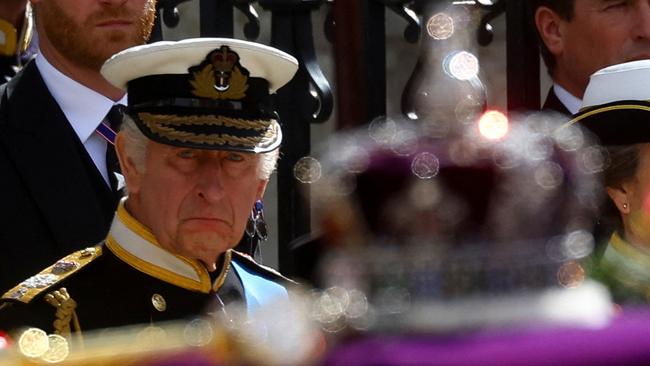
She came here to be married, she came here to be crowned, and now after 70 years on the throne, 96-year-old Queen Elizabeth II was brought to Westminster Abbey for the world’s most elaborate and spellbinding state farewell.
In front of more than 500 dignitaries – foreign kings and queens, an emperor and empress, presidents, prime ministers, governors-general and world leaders from near and afar – Queen Elizabeth’s rich life of dedicated service was extravagantly commemorated in Westminster Abbey, a place she knew most intimately.

King Charles III, on the eve of the funeral, said he and his wife had been “so deeply touched’’ by the many messages of condolence and support from Britain and across the world, adding that everyone who took the trouble to pay their respects had moved them “beyond measure”.
It was the King who led the royal family in a procession behind his mother’s cortege into Westminster Abbey. There they were joined by nine-year-old Prince George, the second in line to the throne, and his seven-year-old sister, Princess Charlotte, who is third in line.
They walked behind their parents, William, the Prince of Wales, and Catherine, the Princess of Wales, ahead of the Duke and Duchess of Sussex. Harry and Meghan sat behind the King and Queen Consort in the second row.
Catherine had earlier told wellwishers the family was “sharing each others’ grief and helping each other cope’’.
Anthony Albanese was sitting among the heads of the other 14 Commonwealth realms, eight rows behind the King and between the leaders of Antigua and Barbados, surrounded by a who’s who of global political discourse and with a direct view of the coffin.
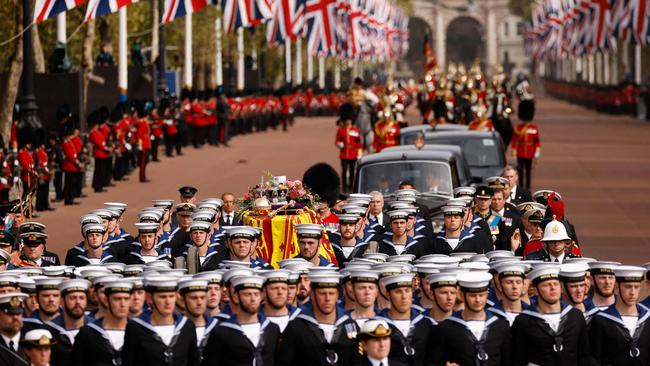
From the premier of the tiny Pacific atoll of Niue, Dalton Tagelagi, to the first lady of Ukraine, Olena Zelenska, most of the world leaders arrived by bus at Westminster Abbey to pay their respects.
G7 leaders were given dispensation to use armoured people-carriers, with US President Joe Biden arriving at the abbey’s West Gate in the Beast, and French President Emmanuel Macron in La Deesse (the Goddess).
But no matter their transport, the world’s most influential were all seated in the abbey: from communists to villains to strategic partners and security allies, all shoulder to shoulder. Only the Queen, who had met almost all of them, could have attracted such an eclectic gathering.
In his sermon, the Archbishop of Canterbury, Justin Welby, echoed the Queen’s deep Christian faith and wartime spirit with the words she delivered to her subjects in the depths of Britain’s Covid-19 lockdown: “We will meet again.”
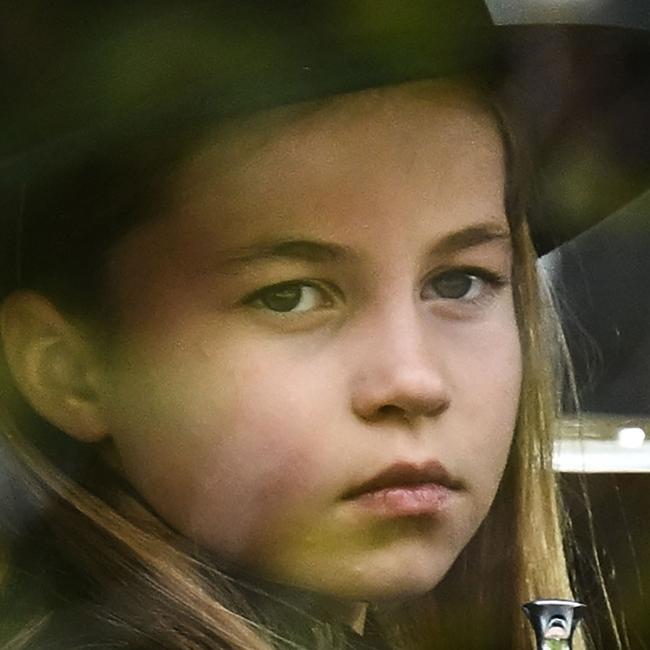
“(They were) words of hope from a song of Vera Lynn,” Archbishop Welby said.
“Christian hope means certain expectation of something not yet seen. We can all share the Queen’s hope, which in life and death inspired her servant leadership. Service in life, hope in death – all who follow the Queen’s example and inspiration of trust and faith in God can, with her, say, ‘We will meet again’.”
Earlier, police had shut off central London after crowds exceeding a million began arriving from all parts of Britain.
Christine Whitsby, 61, was among those who had secured a position near Parliament Square a week ago, taking turns with other staunch royalists to protect their front-row spots. “I’ve got to say goodbye to my Queen,” she said.
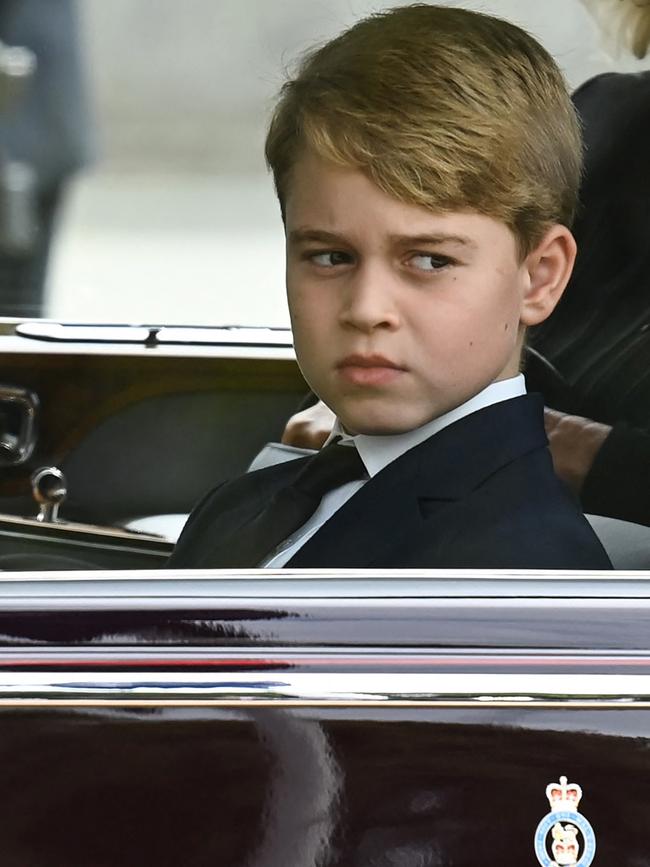
At 10.44am (7.44pm AEST), 142 Royal Navy sailors began pulling the Queen’s coffin, on the 2½-tonne naval gun carriage, from Westminster Hall to the abbey in a tradition that began at Queen Victoria’s funeral in 1901.
Leading the procession were 200 musicians, while at the rear were the King’s heralds, pursuivants of arms and senior members of the Queen’s household.
Once at the abbey, the Queen’s coffin – topped by flowers and a card reading “In loving and devoted memory, Charles Rex” – was carried by a Grenadier Guards bearer party around the Tomb of the Unknown Soldier and over abbey floor stones marking the burial sites of Edward VI, Charles II, William III, Queen Anne and others.
British Prime Minister Liz Truss and the secretary-general of the Commonwealth, Patricia Scotland, read Lessons while the Archbishop of York, the Cardinal Archbishop of Westminster, the Moderator of the General Assembly of the Church of Scotland and the Free Churches Moderator said prayers.
The Dean of Westminster, David Hoyle, had expressed some nerves beforehand, but all went smoothly.
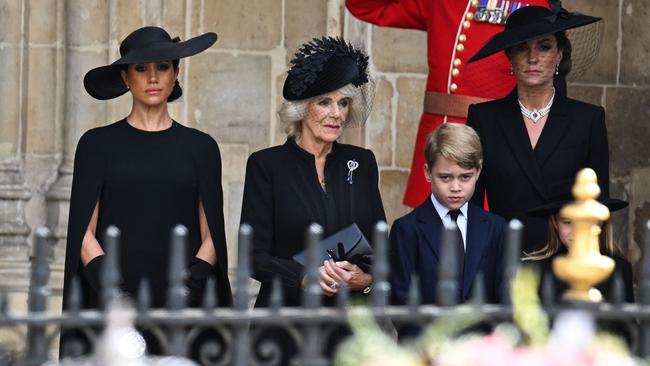
Archbishop Welby read the sermon and the commendation. The dean pronounced the blessing.
After hymns and addresses, the Last Post was sounded. How many times would the Queen, a post-war monarch who had fiercely contributed to the war effort when a princess, had heard that?
Two minutes of haunting silence followed, with buses across the country pulling to the verge, trains stopping at stations and the nation wiping tears from reddened eyes.
After decades-long planning, overseen and approved by the Queen, the funeral was the first of a sovereign since the death of her father, King George VI, in 1952 and the first state funeral since that of the Queen’s first prime minister, Winston Churchill, in 1965.
We now know the Queen’s favourite hymn, which she had requested for her funeral, was one that was sung at her wedding to Prince Philip in Westminster Abbey in November 1947: The Lord’s My Shepherd.
The service also included two anthems favoured by the Queen: My Soul, There is a Country, by Hubert Parry; and O Taste and See How Gracious the Lord Is, composed by Ralph Vaughan Williams for the Queen’s coronation in 1953.
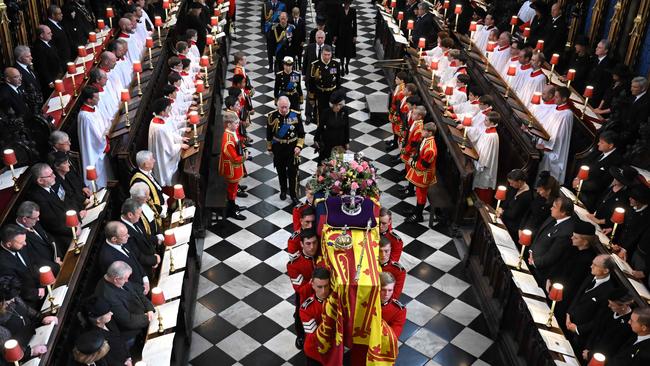
After the hour-long service the sombre procession with seven distinct groups followed the coffin from the abbey to Wellington Arch. The route was lined with several dozen Australian Defence Force personnel and other Commonwealth military. The procession was step-perfect, keeping with the minute gun fired in Hyde Park by the King’s Troop, Royal Horse Artillery and the muffled tolling of Big Ben.
The King, who only 10 days ago was trumpeted and heralded amid flourishes of medieval pageantry as the new liege lord, led the now familiar slow march of the royal family behind the cortege. Queen Consort Camilla and Catherine followed in one car; the Countess of Wessex, Sophie, accompanied Meghan in another.
The extended procession weaved its way to Wellington Arch and then continued by car to Windsor, where it was to re-form and proceed up the Long Walk, teaming with huge crowds of mourners, to Windsor Castle.
There in St George’s chapel a smaller committal service was to be held. In the early hours of Tuesday, a private burial was due to occur, where Queen Elizabeth would be laid to rest with Prince Philip in the King George VI Memorial Chapel.
When Philip died 17 months ago, his coffin was interred in the Royal Vault of St George’s, ready for this moment.
The small chapel also contains the remains of the Queen’s father, George VI, her mother, the Queen Mother, and sister, Princess Margaret.

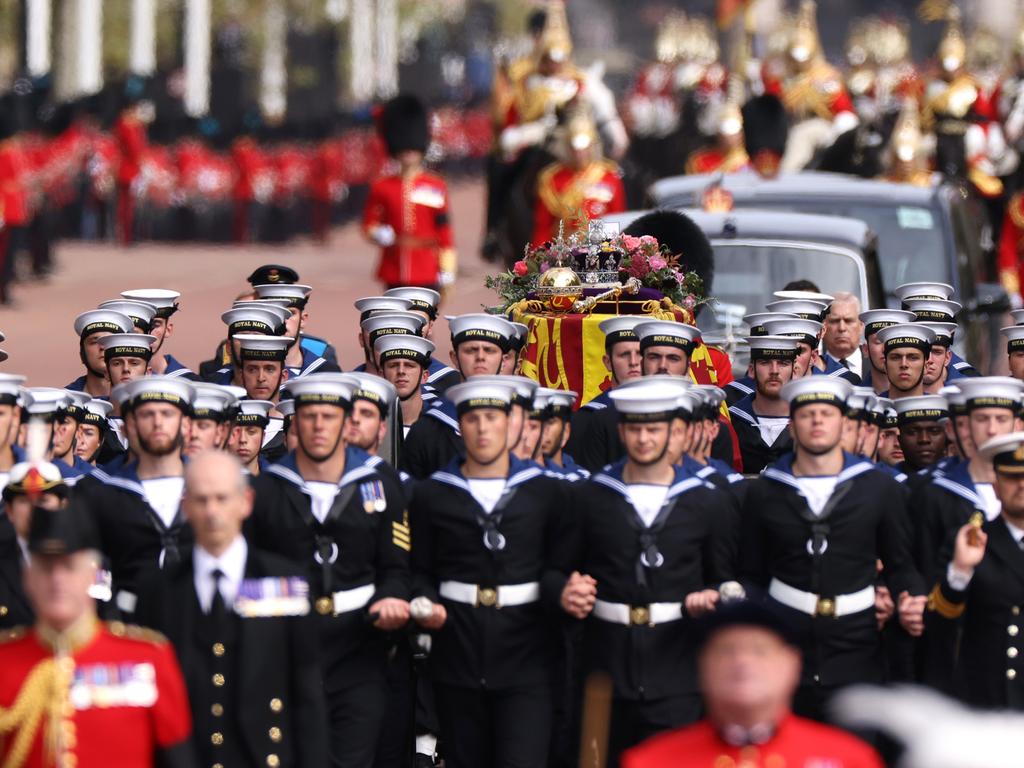

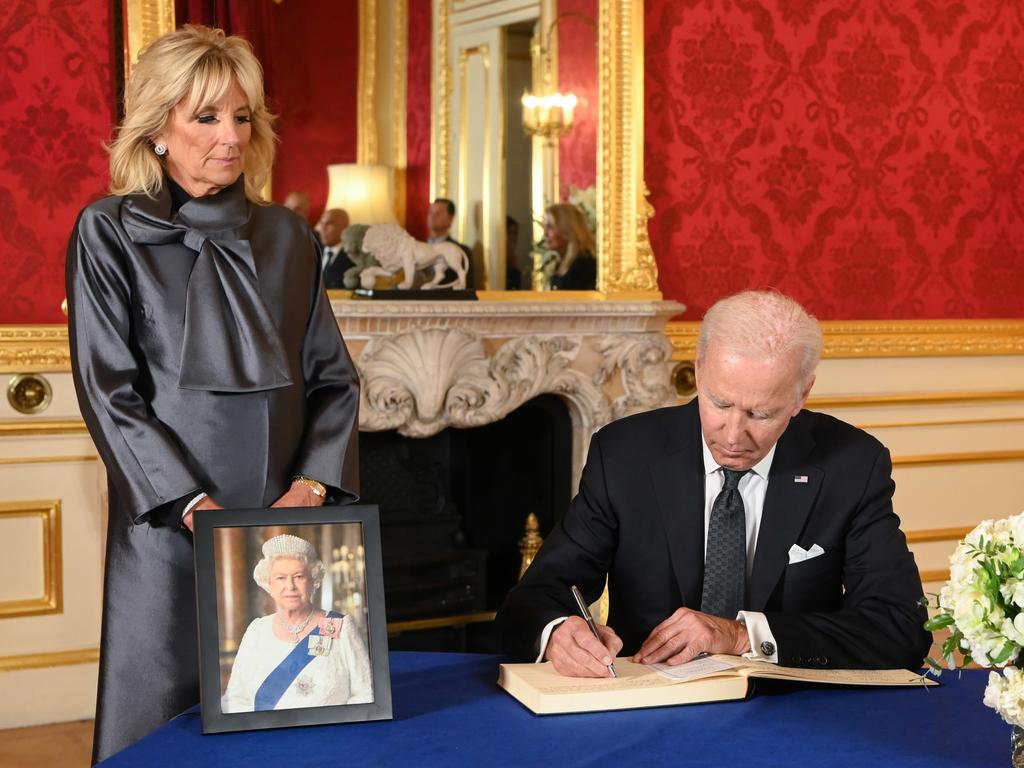

To join the conversation, please log in. Don't have an account? Register
Join the conversation, you are commenting as Logout